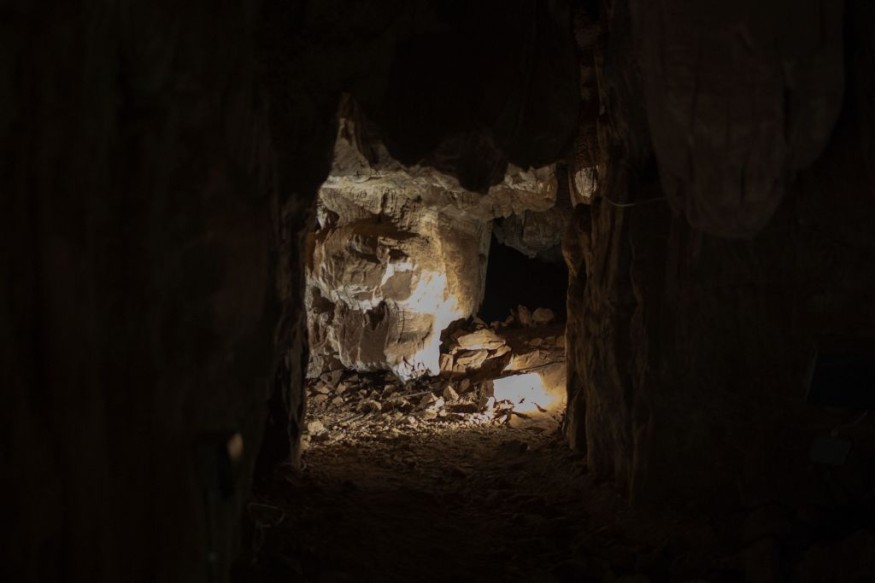Researchers found unknown tennis ball-sized sphere stones created 1.4 million years ago. Experts explained that the prehistorical humans understood what they were making.
Archaeologists have been studying different artifacts that could better understand the existence and behavior of prehistoric humans, from their cultures, traditions, and habits.
With advanced technology, it provides also insights into their survival during extreme weather events.
In a new research published in The Royal Society, researchers unearthed 150 limestones in an important archaeological area in Israel. The discovery dates back to 1.4 million years ago.
150 limestone discovered in Ubeidiya archaeological site

Recent reports explained that spheroids are still one of the most debated topics, especially from the Oldowan to the Middle Paleolithic.
During the early times, stones were an important aspect of Prehistoric humans, from the creation of weapons, agricultural materials, communications, and homes.
Researchers explained that stone balls are not typically discovered, or were very rare, especially during the period of the Lower Paleolithic.
As a result, the recent discoveries could unravel important insights into early human ancestors.
The recent excavations in the important sites near the Early Acheulean Ubeidiya helped researchers discover the new unknown tennis ball-sized stones.
According to the report, the researchers used novel three-dimensional methods to analyze the shape and the spheroids from Ubeidiya. The spherical stones were intentionally made. While it was not smoother, it showed the patience in creating the spherical shape.
Furthermore, the discovery showed the cognitive ability of early humans to work on shapes or spherical appearance. However, it is still unknown the purpose behind the spheroids.
Experts argued the said stones were used for arts and culture, or projectiles.
Early Human Ancestors Reach Brink of Extinction 800,000 Years Ago
In a recent study in Science, early humans were at the rink of population collapse 800,000 or 900,000 years ago.
According to a genomic analysis, the report showed that humans suffered from population decline.
The population bottleneck was believed to last for about 117 years.
The report highlighted that the human population decline could be attributed to the global climate and extreme weather events, especially the prolonged drought conditions in parts of Europe and Africa.
Also Read : New Prediction Tools Help to Discover Marine Heatwave Effects on Oceans Using Species Distribution Models
Global extreme events and impacts on humans
Global extreme weather has become more frequent, especially hurricanes, droughts, wildfires, and heatwaves. Climate change has been linked to extreme weather events. It has become more concerning.
It could have a significant impact on humans, especially in food security and health.
As climate change unfolds, it could influence the climate conditions. Poorer communities are also vulnerable to health risks. Heatwaves could become more challenging to people without cooling conditions, and prolonged drought could be likely.
Marine animals are affected by heat waves. Monitoring of surface temperatures is essential to save species from possible declines, especially the coral reef system.
The reduction of burning of fossils could mitigate the devastating effects of climate change.
Related Article : Global Impact of Extreme Weather Events: Climate Change Can Intensify Frequent Hurricanes, Drought, Wildfires
For more similar stories, don't forget to follow Nature World News.
© 2025 NatureWorldNews.com All rights reserved. Do not reproduce without permission.





